Sasayama Ruin and Tokamachi City Museum (flame-shaped earthenware)
“What’s this!?” The master artist Taro Okamoto also surprised when he saw it for first time! I will introduce avant-garde earthenware of Jomon period from Tokamachi, Niigata Prefecture!
A lot of ruins of the middle Jomon period which was about 5000 years to 4500 years ago have been found in the Shinano River basin (in and out of Nagaoka City, Tokamachi City and Tsunan Town) flowing in Niigata Prefecture. Speaking of Jomon earthenware excavated in Niigata Prefecture, the most famous is the “Kaen-gata Doki (flame-shaped earthenware),” which all Japanese people have seen in their elementary school textbooks, but it was first excavated in 1936 at the Umataka ruin in Nagaoka City, Niigata Prefecture It was named “flame-shaped earthenware” because its shape resembles a burning flame. After that, many earthenware with common shapes and designs are found from many ruins in the Shinano River basin. Among them, the flame-style pottery excavated from Sasayama ruin in Tokamachi City was designated as the only National Treasure as Jomon earthenware in 1999. For flame-shaped earthenware, it is not exactly clear the purpose of creation and how it was used, however, there are also some earthenware that has a trace of burnt rice and soot remaining, so it is considered to use for cooking.

57 pieces of deep pot-type earthenware including 14 flame-shaped earthenware, 3 crown-type earthenware excavated from Sasayama ruin, 72 pieces of earthenware and clay products, 791 pieces of stoneware and stone artifacts, 8 pieces of red oxide blocks and total of 928 pieces are designated as National Treasure. Among them, the main flame earthenware is nicknamed “Jomon Yukihomura (Jomon Snow flame)”
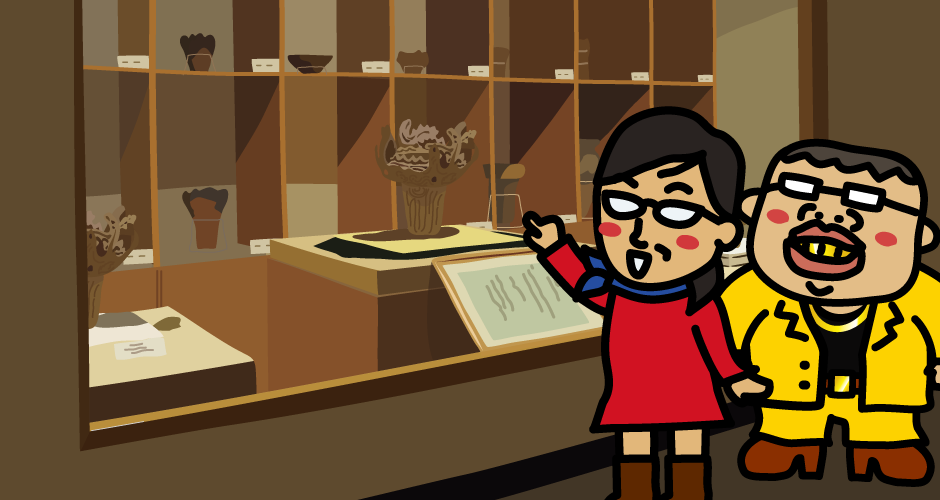
flame-shaped earthenware excavated from Sasayama ruin is exhibited at Tokamachi City Museum. Tokamachi City Museum is a museum composed of the theme of “Snow, textiles and Shinano River”. Most of Niigata Prefecture in Jomon period was the bottom of the sea except for mountains. As the time passed, villages are built one after another in the basin of Shinano river and flame-style pottery was born. Also, in the winter, Tokamachi get 2 to 3m of snow and it is a special snowy area in Japan. During the winter bounded by heavy snow, people who were engaged in agriculture weaved textile in their house, so the textile industry flourished. Important cultural properties such as “textile tools for Echigo Chijimi” and ”snowy season tools” are also on display.
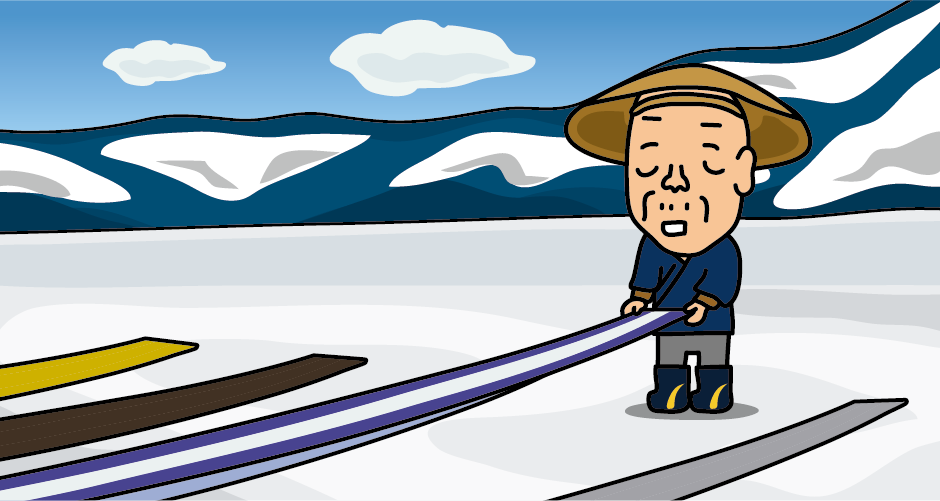
Echigo Chijimi is a type of linen fabric, and is a fabric with unique wrinkles made by strongly twisting the weft threads. Echigo Chijimi is a special product of Uonuma district (Tokamachi City, Ojiya City, Uonuma City, Minami Uonuma City, Tsunan Town, Yuzawa Town and former Kawaguchi Town).

Sasayama ruin is used as the ruin square in particular uncovered area. There are two restored pit dwellings. The Jomon Festival is held every early summer.
Access to Tokamachi City Museum
It takes about 1 hour and 20 minutes from JR Tokyo Station to JR Echigo-Yuzawa Station by the Joetsu Shinkansen. At JR Echigo-Yuzawa Station, transfer to the JR Joetsu Line/Hokuetsu Express Hokuhoku Line to get to JR Tokamachi Station in about 30 minutes. Get off at Tokamachi Station and walk for about 10 minutes.

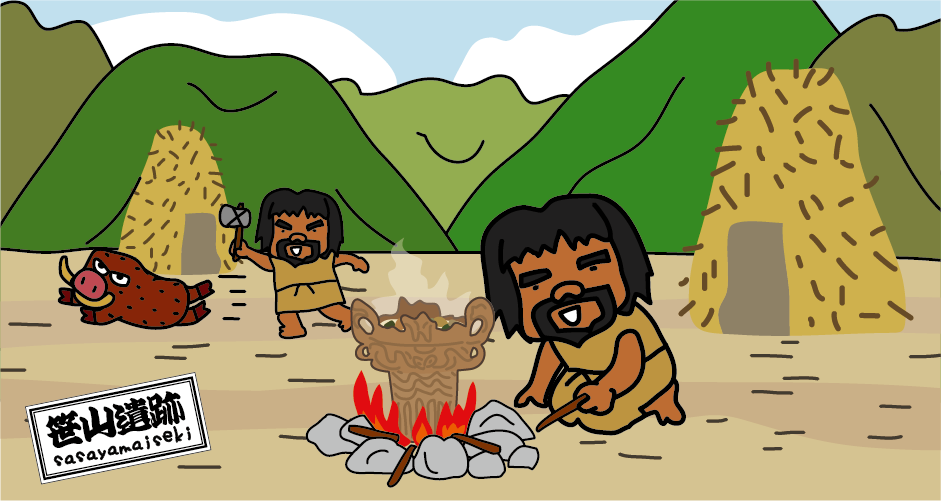


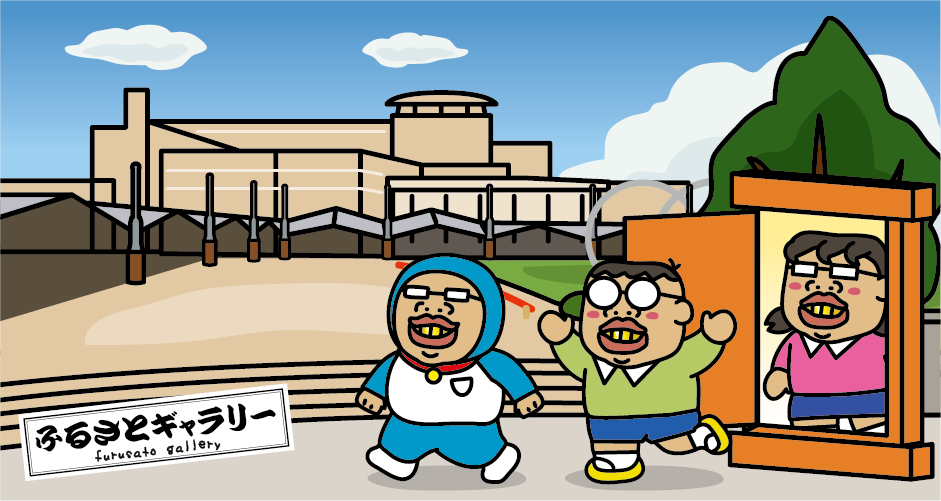
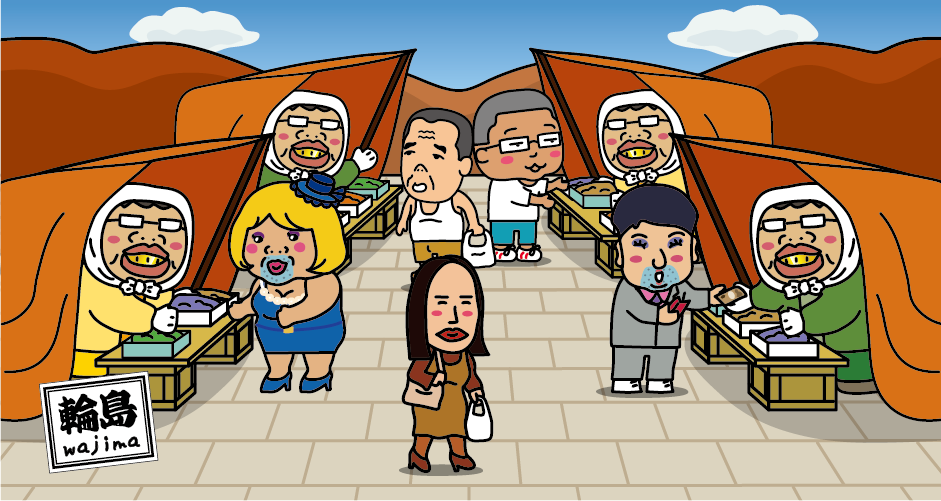
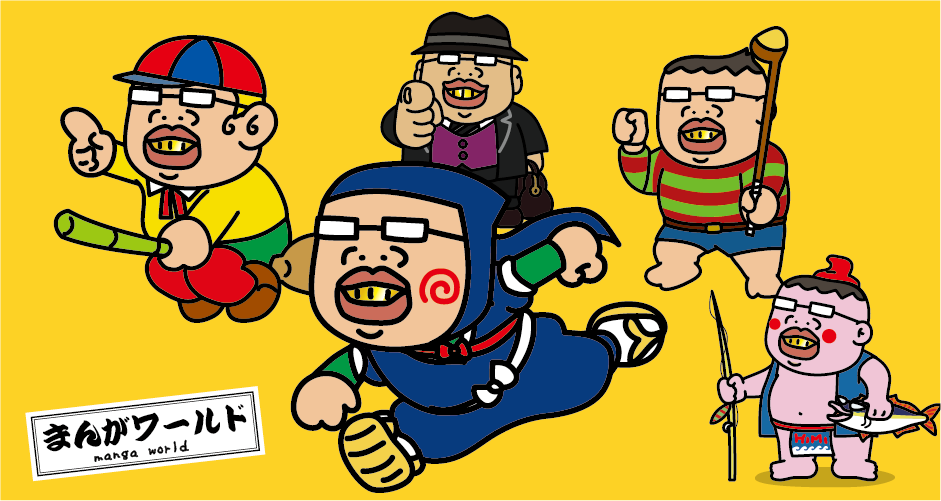
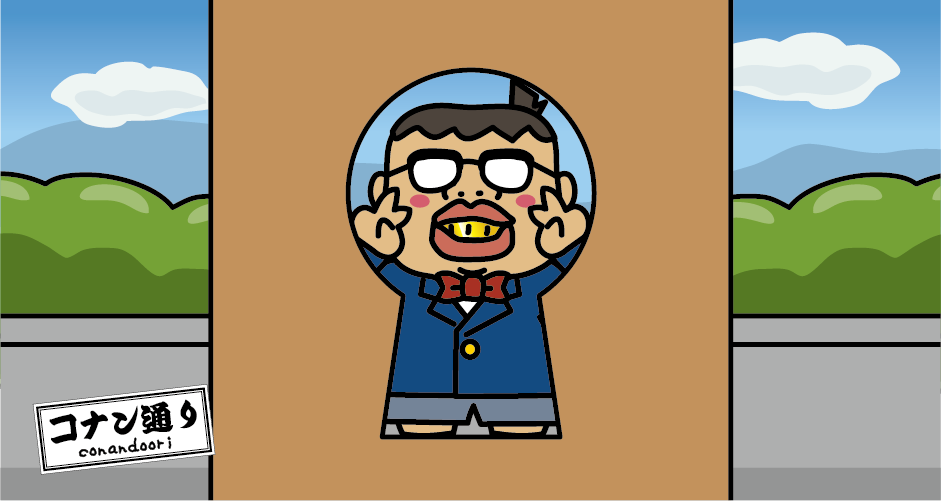
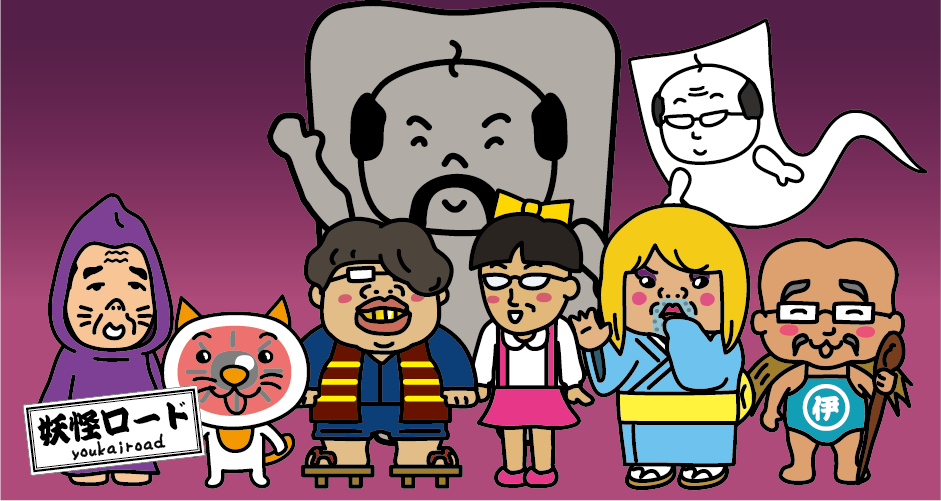

You need to login to comment on an article.